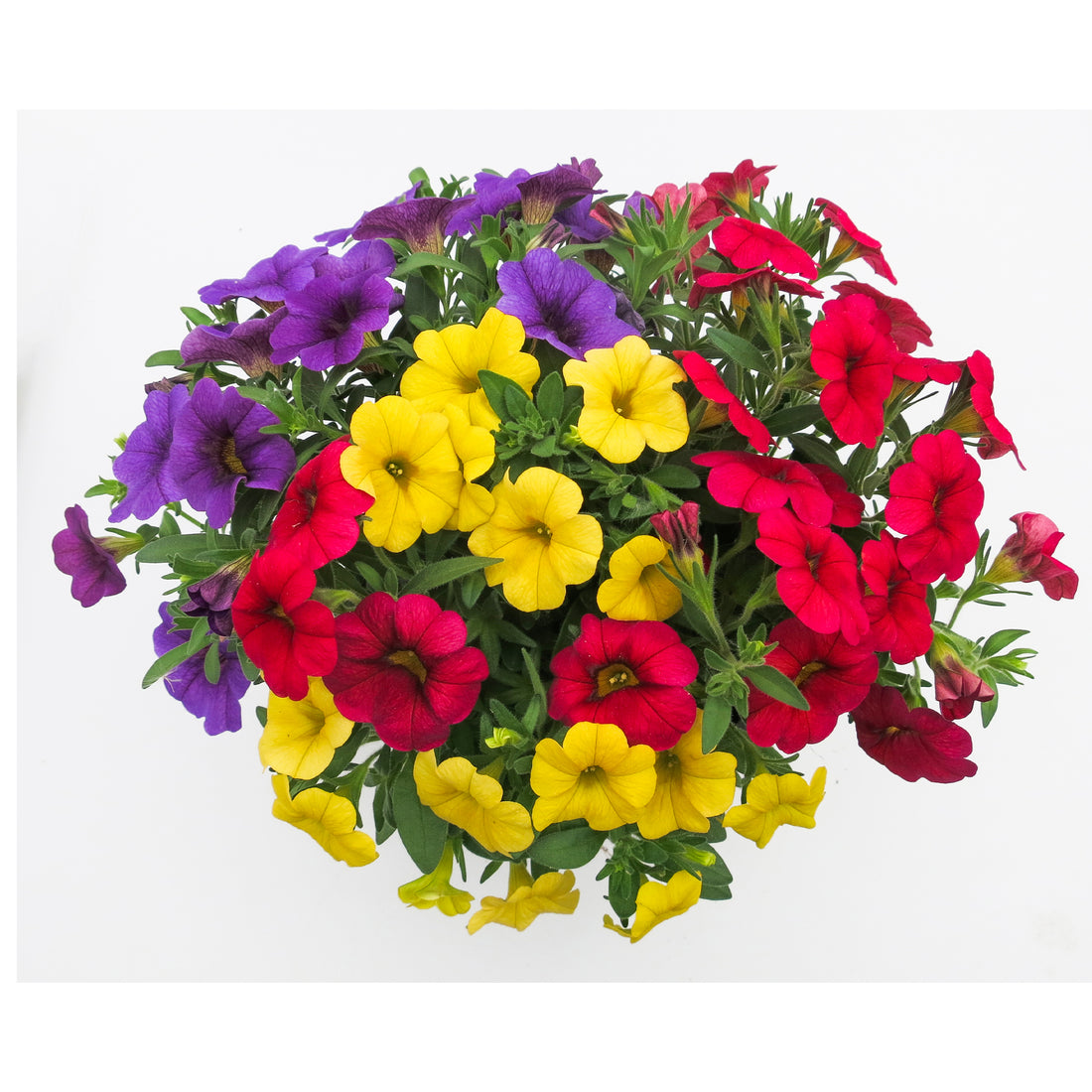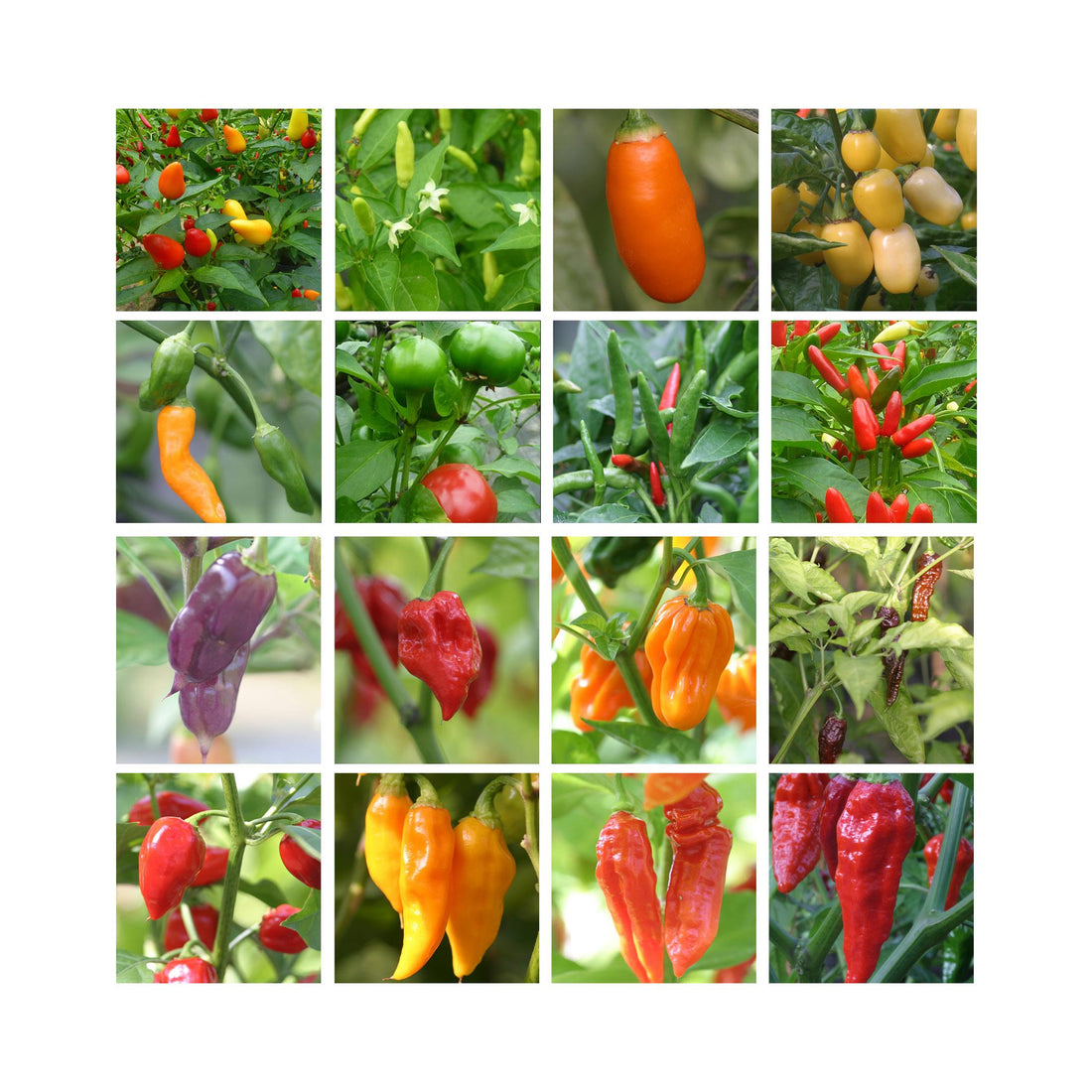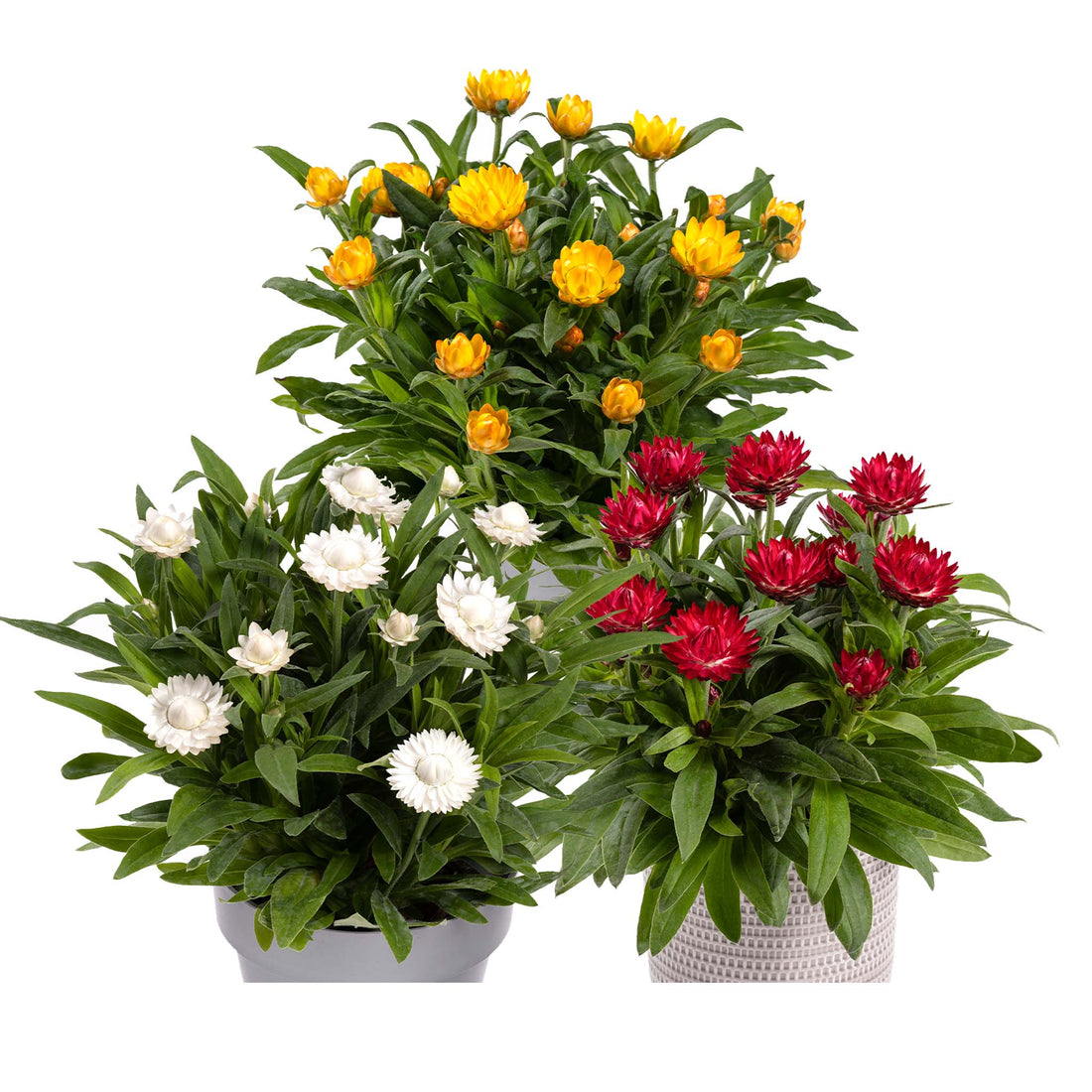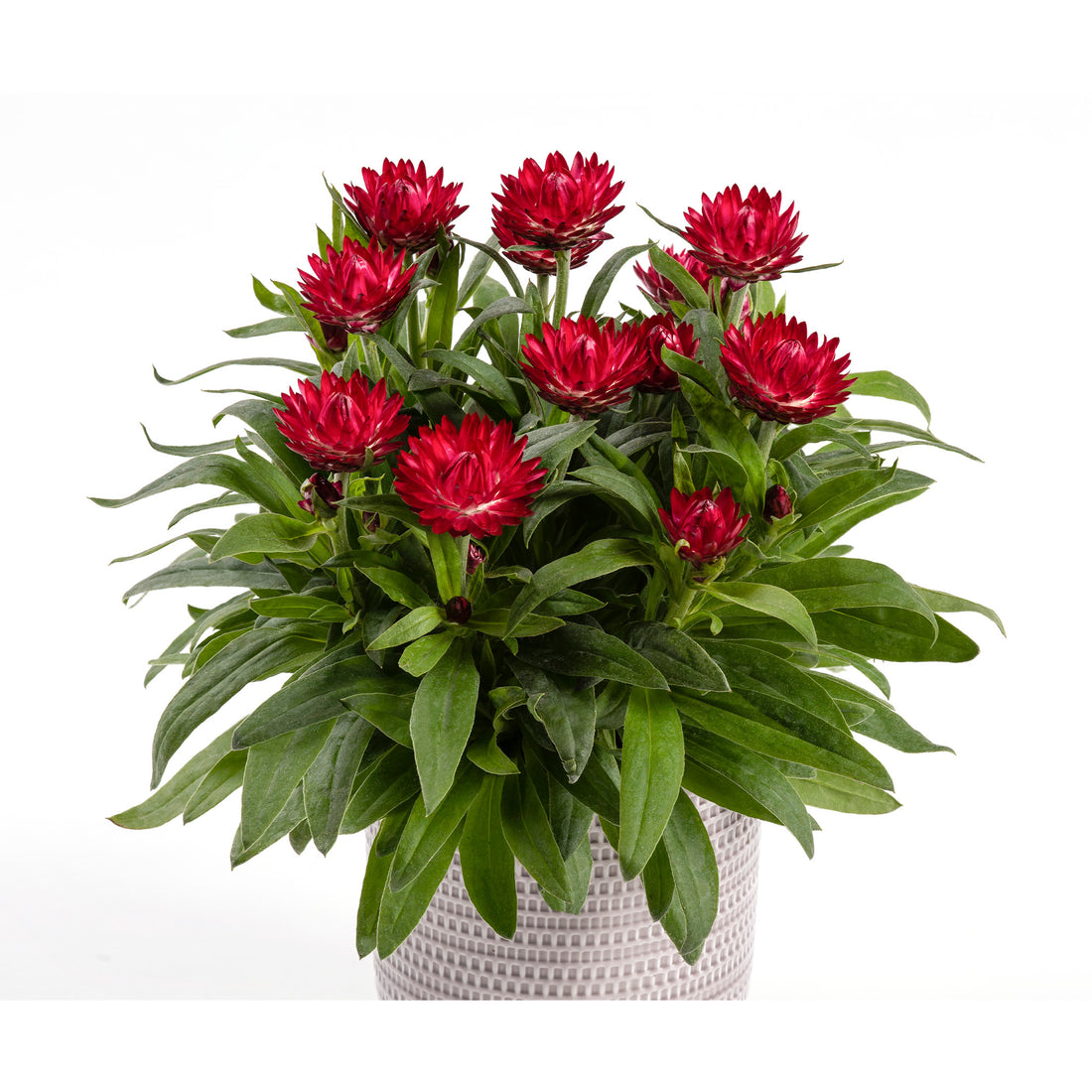Hey everyone, welcome to this week's 5 Minute Friday! Today, we're diving into the wonderful world of Delosperma – those brilliant little plants also known as ice plants. These low-growing succulents are just fantastic, bursting with the most vibrant, daisy-like flowers that literally pop open when the sun shines. And the best bit? Delosperma are super tough and drought-resistant, making them absolutely perfect for container gardening, which is exactly what we're getting stuck into today!
Choosing the Perfect Pot
Honestly, these little beauties really do lend themselves to container life. They tend to stay quite low, growing to around 5 centimetres in height at most, and they'll happily create a lovely mat of colour right across the top of your pot. So, the kind of container we're after is fairly shallow, just like the one you'll see me using in the video. We're taking established 9-centimetre plants – already nicely rooted and growing really well – and giving them a new home in a 25-centimetre diameter container.
Compost: Getting it Right
Being semi-succulent, Delosperma really thrives in soil that drains well, so heavy, boggy compost is a no-go. You want something nice and free-draining. If your usual compost isn't the best in terms of drainage, don't worry! Just mix in some grit, horticultural sand, perlite, or even vermiculite to really open it up.
When's the Best Time to Plant?
The ideal time to get your Delosperma planted in the UK is during spring or summer, once we're safely past any risk of frost. They are hardy plants, but giving them a good start in warmer weather helps them establish really quickly. As you can see, the plants we're using are already established, but once they're settled into their container, they'll happily sail through the winter with no problems at all.
Looking After Your Delosperma
-
Sunlight: These guys are sun worshippers! Pick a spot where they'll get at least 6 to 8 hours of direct sunshine every day. The more sun, the more flowers you'll get!
-
Watering: Remember, Delosperma are drought-tolerant, so less is definitely more when it comes to watering. They can really cope with dry spells, especially once they're established. Overwatering is the enemy here – it can lead to root rot and unhappy plants. So, let the soil dry out between waterings.
-
Feeding: They're not greedy feeders and often do just fine in fairly poor soils. A light feed with a balanced liquid fertiliser in spring and perhaps again in summer is more than enough to keep them happy and flowering.
Planting your Delosperma container
Right, let's get these beauties into their new home!
-
First up, add your lovely well-draining compost to your container, filling it almost to the top. Leave a little gap of around 1 centimetre or so from the rim.
-
Now, make three little holes in the compost, arranged in a triangle shape. Make these holes just slightly bigger than the 9-centimetre pots your Delosperma are currently in.
-
Time to gently remove your plants from their nursery pots. The easiest way to do this is to gently squeeze the sides of the pot and then carefully ease the whole plant out, root ball and all.
-
Pop your Delosperma plants into the prepared holes in the compost, making sure the top of the root ball is level with the surface of the compost. Gently firm the compost around each plant to tuck them in nicely.
-
Finally, give your newly planted container a good watering. Even though Delosperma don't like being waterlogged, a good initial soak helps them settle into their new home.
There you have it! A stunning container display of vibrant Delosperma. Now all that's left is to enjoy the show!








